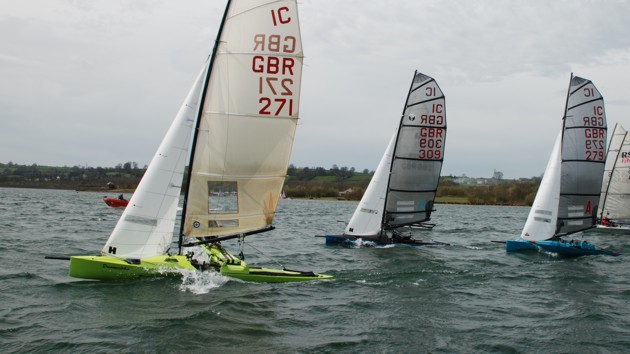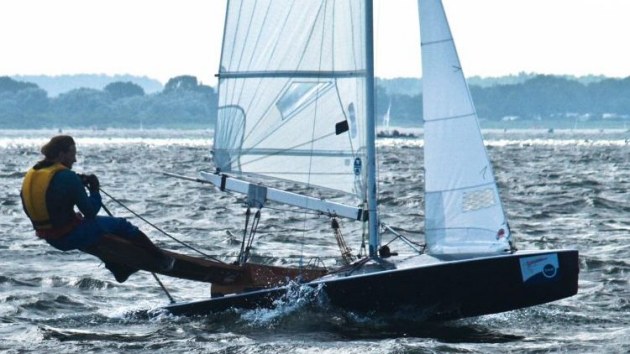The Decked Canoe Archives
Assembled by Tim Gittins
Tirc
Date: 1890 circa
Designer: Merwin, Hulbert &Co.
The information on this page is from the Merwin, Hulbert &Co. catalogue. The year of the catalogue is unknown however given references to 1888 in the write-ups for the Wood and the Tyro, I guess the year to be 1889. Many thanks to Phil DeCausemaker for sending me the Merwin, Hulbert &Co. cataloque.
"We have so frequently heard canoeing objected to because of its being such lonesome work, and also because of its requiring an amount of vigilance rather antagonistic to real laying that we believe this class - with its stiffness and power of carrying a passenger as well as crew - is destined to become very popular and perform a good mission in calling a certain class of enthusiasts into activity that would otherwise live and die dormant.
"The Tirc is 16 ft. x 40. in.; sail area, 140 square feet. The centerboard is provided with rollers at the upper for'd corner, which, as it is lowered, travel aft. The object being, 1st, to keep the case out of the cockpit (for sleeping space), and 2nd, to give an opportunity of shifting the center of lateral resistance.
"PRICE (Grade Z.)Provided with 2 centerboards, drop rudder, deck and foot steering gear, with rig complete .............$190.00"
Line Drawings
Sail Plan
"Grade Z. Smooth built.
"Keel of white oak or of white pine; shod with oak; timbers selected white oak; skin of selected white cedar; full length strakes; sheer strake of Spanish or white cedar, according to preference; deck of mahogany or Spanish cedar; deck partners mahogany or birdseye maple; coaming mahogany, birdseye maple or oak; flooring white pine; gunwales Norway pine; stem and stern pieces hackmatack (natural crooks); deck carlines of whitewood.
"By this system we obtain as smooth a surface as if a single piece extended from gunwale to keel. The strakes are shiplapped (as shown in cut) in a very perfect manner, thus making a thoroughly water-tight joint; the laps are backed up inside with an oak ribband, thus reinforcing them where weakened by fitting. In this manner we secure an exceedingly rigid structure, and are enabled to use cedar a good sixteenth lighter than we otherwise could, thus compensating for the additional weight of the ribbands. Between the ribbands and through the ribs are two or three rivets, the number depending upon the width of the strakes, which depends largely upon the model.
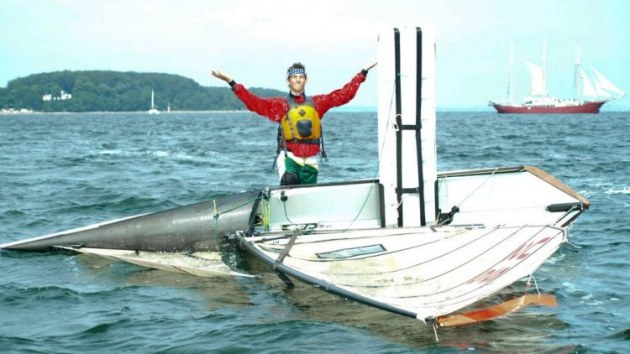
Ulrike_veerkamp.jpg)
Ulrike_veerkamp.jpg)
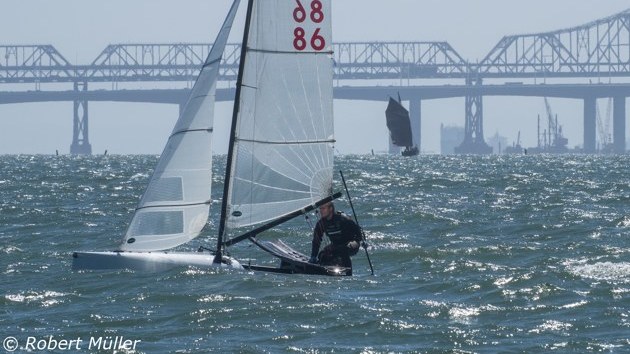





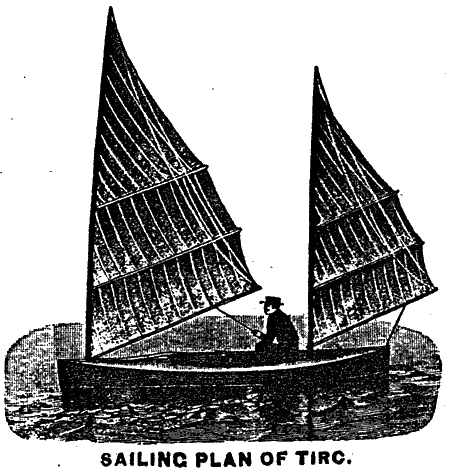

Ulrike_veerkamp.jpg)
Ulrike_veerkamp.jpg)

Ulrike_veerkamp.jpg)
